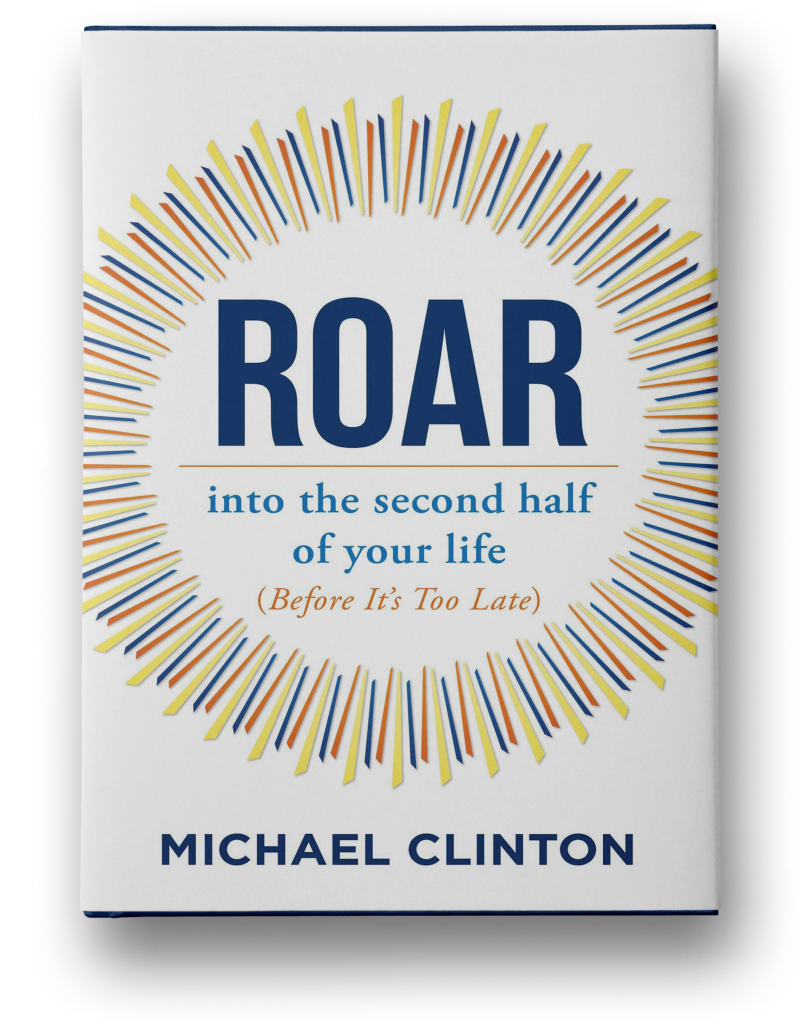By Bradley Schurman, Demographic Futurist // Author of THE SUPER AGE: DECODING OUR DEMOGRAPHIC DESTINY // Founder, Entrepreneur, and Speaker
It’s no secret that most people want to remain in their homes for the majority of their lives. In fact, research from AARP suggests that this is the desire for at least eight out of 10 people in the United States, despite the fact that retirement communities in places like Arizona and Florida get all of the attention.
At the same time, the world is experiencing a radical reordering of demographic norms. There are a lot fewer children being born each year and an increasing number of people are living longer, which means that older people now make up a larger percent of the population than ever before, and those over 80 are now the fastest-growing demographic in the world.
To give some historical perspective, there were only 100,000 Americans who lived to be 80 in 1900, but that number has swelled to around 7 million today. By 2050, it’s anticipated that there will be nearly 20 million people in this demographic—a 220 percent increase in just under 30 years. By 2030, at least one out of five people will be over the age of 65, and by 2034 people over the age of 65 will outnumber those under 18; all for the first time in history.
The trends of decreasing birth rates and increased longevity are colliding with a very stark reality: the vast majority of American homes weren’t built with older people in mind. According to the U.S. Census Bureau, “only 11 million housing units (or about 10 percent of homes) were aging-ready: had a step-free entryway, a bedroom and full bathroom on the first floor, and at least one bathroom accessibility feature.” This means that the need for age-friendly homes far outstrips supply, and that the current housing stock has the potential to become very unfriendly to their occupants as they age.
While it is true that the average American born today can expect to live to be about 78, the same person can only expect to live to about 68 and be both illness and injury-free. This means that the initial conversations around home modifications or new home construction should begin earlier than most people expect, which is in middle age and between the ages of 50 and 60. This may sound jarring, especially considering that these ages are relatively young. However, it would be prudent for these individuals to consider, especially if they are interested in safeguarding against a future move into a long-term care setting. The industry refers to this as “aging in place.”
Build space better
The built environment can be harmful to one’s health, but the greatest risk for most people is falling. At least 3 million people Americans over the age of 65 are treated for falls annually, requiring 800,000 hospitalizations and resulting in 300,000 hip fractures. About $50 billion is spent each year on medical costs for falls that are non-fatal. Some of those can be prevented with the right design interventions.
In the perfect world, every home, whether newly built or renovated, would have already considered the needs of the largest number of people, regardless of age, ability or any other demographic, but we don’t live in a perfect world. This means that most Americans need to consider future-proofing their homes now whether they are considering new construction or renovation. This is especially true for baby boomers, who already complete more home renovations and spend more money each year than their younger counterparts combined.
Attention in design should be placed on areas that have the greatest discernible impact on improving an individual’s likelihood of maintaining independence and improving safety, like the bathroom. The thinking goes that by utilizing inclusive design principles, homeowners can guard against a major medical episode, which could prevent them from working, or could force them into a nursing home, or worse, into the grave.
Homes should accommodate a variety of abilities, like dexterity and strength, hearing, mobility, neurodiversity and cognition, and vision. They should be easy and intuitive to use and minimize the opportunity for error or physical challenge. The more that we can build these principles into design, the more homes can be future-proofed, and the better we would serve all generations by reducing the burden on family and the community. And, if materials are used well, inclusive space can look as good, if not better, than space designed exclusively for the abled population.
Consider service options
In addition to making modifications to the home, older people today have a wide range of supportive services at their fingertips that didn’t exist a generation ago, and many of these are online or on-demand market-based approaches. It’s possible to cobble together enough of these, or work with a traditional agency or care provider, to deliver many of the services that can be found within an assisted living community without actually having to move into an assisted living community.
Services like Instacart have been delivering our groceries to our homes for ten years, UBER and LYFT have been ferrying us around for over a decade, and Amazon has been getting entertainment, as well as products and services onto our doorsteps since the 1990s. More aging-specific service providers, like HomeInstead or Visiting Angels, have also been around for nearly 30 years. The use of many of these became even more ubiquitous during the pandemic and has radically transformed the way the “future old” will live – on-demand and a la carte product, service, and care delivery will be readily available for a growing number of older Americans.
The good news is that more and more organizations are coming online or are working to develop new tools today to keep individuals independent for longer periods of time tomorrow. Their goal is consistent – keep people connected to their communities and living in their homes for longer periods of time.
Today’s middle-aged and older populations are at the forefront of an independent living revolution. The future old will have a lot more independence to look forward to thanks to the innovations that are built into the home today, as well as innovations and the ones that will follow.

